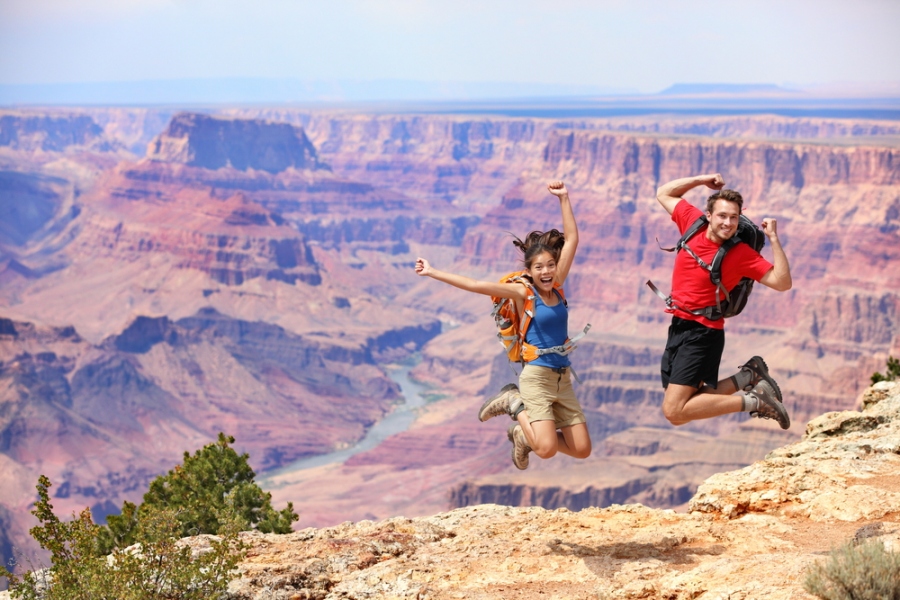When it comes to state nicknames, some are harder to fathom than others. For instance, Idaho is The Gem State, even though “gems” probably aren’t what most people associate with the state. New Jersey calls itself The Garden State, which is also a little confusing. Then there are nicknames that immediately make sense, like Florida’s status as The Sunshine State. Arizona is known as The Grand Canyon state, thanks to the national landmark that drew six million visitors in 2017. But it’s a mistake to think of Arizona only as The Grand Canyon State. It’s a big part of the state’s identity, but if you’re going to visit, it’s far from the only part of the state worth seeing.

Picking the Right Time
Arizona is hot. This shouldn’t be a surprise to anyone, but visitors who come from other parts of the country are still surprised when they touch down at the Phoenix airport. That’s assuming, of course, that their plane can even get there, since 2017 saw temperatures so extreme that planes had to be grounded until things cooled off a bit. It turns out planes can’t operate above certain temperatures. Larger Airbus and Boeing planes have maximum temperatures of over 120 degrees, but smaller Bombardier models can only go if the temperature is less than 118 degrees. In Phoenix and Southern Arizona, that’s no guarantee, and the temperatures can linger in the triple digits even after nightfall.
That’s the bad news. The good news is that Phoenix managed to become one of the largest cities in the United States despite the often-crippling heat. It’s still livable even if no one should be outside running a marathon in July. In fact, there are times when no one should be outside at all. If you go to Phoenix in the summer because that’s the easiest time to get off work, then just make sure you’re prepared. Dress comfortably and appropriately. Stay hydrated with water. It’s understandable if you want to drink a little alcohol on vacation, but make sure to keep a cup of ice water right next to your beer. Be careful with your smartphone, as mobile devices can and do overheat when exposed to direct sunlight. That means you may get out of the hotel pool to find your iPhone displaying a temperature warning. Moving the phone to a cooler environment usually solves the problem, but if it doesn’t, stop by one of the At&t stores in Arizona and have an expert take a look. They should be able to tell you if something else is going on that’s affecting the phone’s performance.
Finding Cooler Weather
There are a couple of options for beating the heat in Arizona. One of the most obvious options is to just not visit in the summertime. Hopping a plane to Arizona from November through April means dealing with temperatures in the 60s, 70s, and 80s rather than the triple digits. In fact, that period is often referred to as “snowbird season,” which means it’s a popular time to visit, so you might pay more to get a hotel in March than you would in July.
Another option that’s more well-known to locals than tourists is simply leaving Phoenix or Tucson and heading to the northern part of the state. Flagstaff is a small town in Northern Arizona where the highs regularly run 25 degrees cooler than what you’ll find 140 miles to the south in Phoenix. The Grand Canyon is also considerably cooler, although fighting all the summer crowds may make you feel a bit claustrophobic if you aren’t careful. Arizona is a fascinating state full of natural beauty and culture, and it’s well worth visiting as long as you know what you’re getting into with regards to the climate. There’s plenty to do whether you’re in Flagstaff, a national park, or downtown Phoenix, but make sure you pack a portable fan or two in your suitcase.
